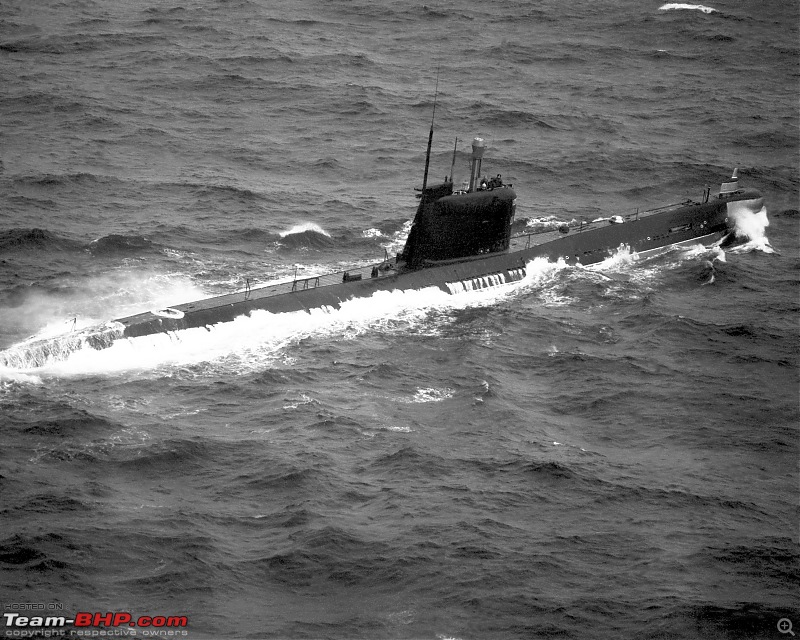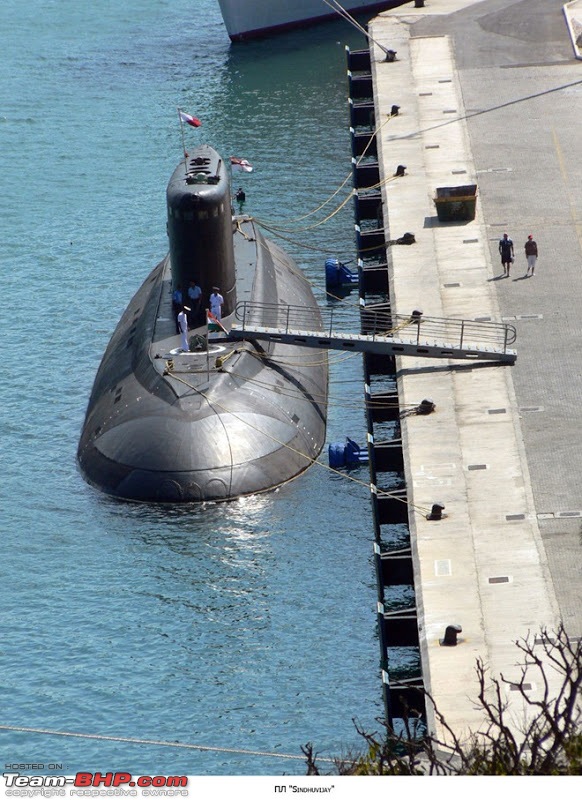| | #31 |
| Distinguished - BHPian  Join Date: Aug 2014 Location: Delhi-NCR
Posts: 4,071
Thanked: 64,307 Times
| |
| |  (6)
Thanks (6)
Thanks
|
| |
| | #32 |
| BHPian Join Date: Feb 2014 Location: NCR/Patna
Posts: 802
Thanked: 1,325 Times
| |
| |
| | #33 |
| BHPian Join Date: Oct 2015 Location: BLR-CCU
Posts: 40
Thanked: 37 Times
| |
| |  (1)
Thanks (1)
Thanks
|
| | #34 |
| BHPian Join Date: Jun 2013 Location: Kolkata/Blore
Posts: 103
Thanked: 187 Times
| |
| |  (1)
Thanks (1)
Thanks
|
| | #35 |
| Senior - BHPian Join Date: Jul 2009 Location: Calcutta
Posts: 4,668
Thanked: 6,217 Times
| |
| |
| | #36 |
| Distinguished - BHPian  Join Date: Aug 2014 Location: Delhi-NCR
Posts: 4,071
Thanked: 64,307 Times
| |
| |  (1)
Thanks (1)
Thanks
|
| | #37 |
| Senior - BHPian Join Date: Jul 2009 Location: Calcutta
Posts: 4,668
Thanked: 6,217 Times
| |
| |
| | #38 |
| Distinguished - BHPian  Join Date: Aug 2014 Location: Delhi-NCR
Posts: 4,071
Thanked: 64,307 Times
| |
| |  (1)
Thanks (1)
Thanks
|
| | #39 |
| Senior - BHPian Join Date: Jul 2009 Location: Calcutta
Posts: 4,668
Thanked: 6,217 Times
| |
| |
| | #40 |
| Distinguished - BHPian  Join Date: Aug 2014 Location: Delhi-NCR
Posts: 4,071
Thanked: 64,307 Times
| |
| |
| | #41 |
| Distinguished - BHPian  | |
| |  (2)
Thanks (2)
Thanks
|
| |
| | #42 |
| Distinguished - BHPian  Join Date: Aug 2014 Location: Delhi-NCR
Posts: 4,071
Thanked: 64,307 Times
| |
| |  (1)
Thanks (1)
Thanks
|
| | #43 |
| Senior - BHPian Join Date: Feb 2010 Location: -
Posts: 1,147
Thanked: 1,144 Times
| |
| |
| | #44 |
| Distinguished - BHPian  Join Date: Aug 2014 Location: Delhi-NCR
Posts: 4,071
Thanked: 64,307 Times
| |
| |  (3)
Thanks (3)
Thanks
|
| | #45 |
| BHPian Join Date: Aug 2012 Location: Chennai
Posts: 33
Thanked: 31 Times
| |
| |  (1)
Thanks (1)
Thanks
|
 |
Most Viewed















